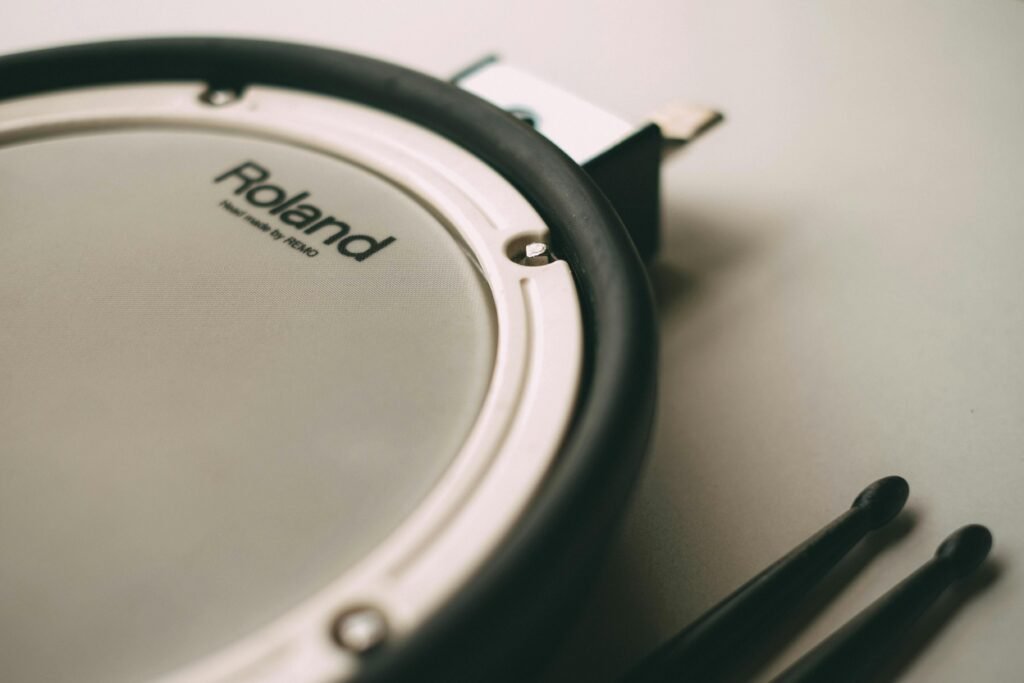Drum programming, once relegated to the realm of electronic music, has now become an essential skill for composers and producers across a wide range of genres, from pop and rock to hip-hop and beyond. In this comprehensive guide, I will explore advanced techniques for drum programming, offering insights and strategies to help composers and producers craft dynamic and expressive drum tracks that elevate their music to new heights.

The Importance of Drum Programming
Drums serve as the rhythmic foundation of a musical composition, providing energy, momentum, and groove. Whether it’s the driving pulse of a dance track, the thunderous roar of a rock anthem, or the subtle shuffle of a jazz ballad, well-programmed drums can enhance the overall feel and impact of a song, captivating listeners and drawing them into the music. Drum programming allows composers and producers to create custom drum patterns, experiment with different sounds and textures, and tailor the rhythm section to fit the specific needs and style of the music.
Advanced Techniques for Dynamic Drum Tracks
Let’s dive into some advanced techniques for drum programming that will help you craft dynamic and expressive drum tracks:

1. Layering and Stacking
Layering and stacking drum sounds can add depth, richness, and complexity to your drum tracks. Experiment with layering multiple samples or drum sounds to create unique combinations and textures. Blend different kick drum samples to achieve a punchy attack and deep resonance. Layer snare drum samples to add snap, crackle, and sizzle. Mix and match hi-hat samples to create dynamic grooves and patterns. Don’t be afraid to get creative and experiment with unconventional combinations to find the perfect sound for your track.
2. Humanizing and Groove Quantization
Humanizing drum patterns adds a touch of realism and nuance to programmed sequences. Use groove quantization tools to introduce subtle variations in timing, velocity, and groove to emulate the feel of a live drummer. Adjust the timing and velocity of individual drum hits to create a more natural and organic feel. Experiment with swing and shuffle settings to add swing and groove to your drum patterns. By humanizing your drum tracks, you can breathe life and personality into your music, making it feel more alive and vibrant.
3. Dynamics and Velocity
Pay close attention to dynamics and velocity when programming drum tracks. Use velocity-sensitive pads or MIDI controllers to adjust the velocity of individual drum hits, creating dynamics and accents within your patterns. Vary the velocity of hi-hat hits to emulate the subtle nuances of a drummer’s performance. Experiment with ghost notes, accents, and crescendos to add dynamics and expression to your drum tracks. By mastering dynamics and velocity, you can create drum tracks that ebb and flow with energy and emotion, enhancing the overall impact of your music.
4. Drum Fills and Breaks
Incorporate drum fills and breaks to add excitement, tension, and drama to your compositions. Experiment with different fill patterns, rhythms, and textures to create memorable and impactful transitions between sections. Use drum fills to build anticipation before a chorus or climax, or to provide a moment of release and resolution after a tense buildup. Break up repetitive drum patterns with unexpected fills and breaks to keep listeners engaged and entertained. By mastering the art of drum fills and breaks, you can inject excitement and dynamism into your music, taking it to new heights of creativity and intensity.
5. Drum Effects and Processing
Explore the creative possibilities of drum effects and processing to shape and sculpt your drum sounds. Experiment with reverb, delay, and modulation effects to add depth, space, and movement to your drum tracks. Use compression, EQ, and transient shaping tools to sculpt the tone and dynamics of individual drum elements. Experiment with distortion, saturation, and filtering effects to add grit, character, and texture to your drum sounds. By harnessing the power of drum effects and processing, you can create drum tracks that are dynamic, expressive, and full of character.
6. Polyrhythms and Odd Time Signatures
Challenge yourself to experiment with polyrhythms and odd time signatures in your drum programming. Break free from the constraints of 4/4 time and explore rhythmic patterns and structures that push the boundaries of conventional music. Experiment with polyrhythmic grooves, where multiple rhythmic patterns coexist and intersect to create intricate and complex textures. Explore odd time signatures such as 5/4, 7/8, or 9/8 to create tension, suspense, and unpredictability in your drum tracks. By embracing polyrhythms and odd time signatures, you can unlock new creative possibilities and infuse your music with a sense of adventure and exploration.

Conclusion
In conclusion, drum programming is a versatile and powerful tool that allows composers and producers to create dynamic and expressive drum tracks that enhance the overall quality and impact of their music. By mastering advanced techniques such as layering and stacking